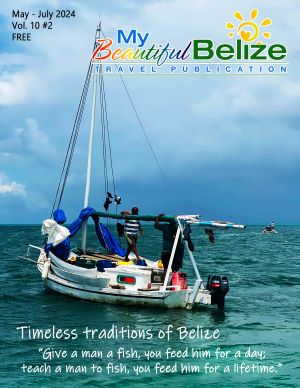Ask any child who has been through the Belize primary school system to name the different ethnic groups of Belize, and you’re likely to hear Maya, Mestizo, Mennonite, East Indians, Chinese, Creole, and the Garifuna. Throughout the eight years of primary school, students learn more and more about these ethnic groups, dressing up as them, learning their food, their music, dances, culture, language. It’s a beautiful lesson that reaffirms the cultural melting pot mentality permeating the country. I wonder then, how this question would be answered: Where is the Culture Capital of the Garinagu?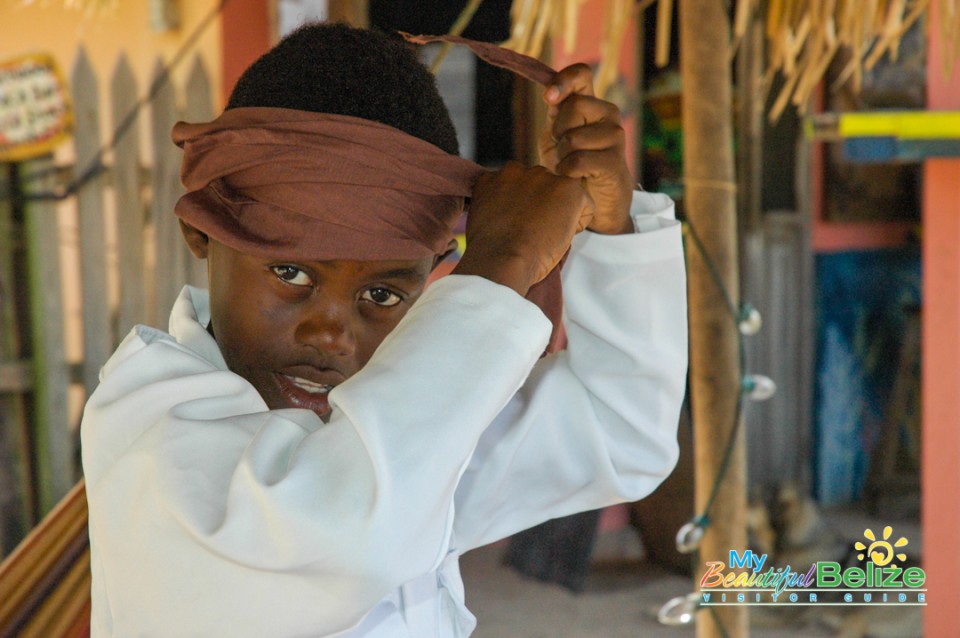
Technically, Garifuna refers to the language and culture, while the people are called Garinagu. History tells us that in 1635, two Spanish ships carrying Nigerian slaves sank and the surviving slaves found shelter in the existing Carib Indian settlements on St. Vincent. The two cultures intermixed, intermarried and eventually fused into a single culture, the Black Caribs or Garinagu. Decades later a series of wars between the French and British on St. Vincent resulted in the French and their Carib allies being forced to leave the island in 1796. The Caribs were exiled to the island of Roatan, Honduras, where they soon migrated to the mainland of Honduras. According to tradition, the first Garifuna arrived in Belize, (then British Honduras), on November 19, 1802. This day is now recognized as Garifuna Settlement Day.
With their population concentrated in the southern district of Stann Creek, the Garinagu are a colorful, vibrant part of Belize’s rich tapestry of cultures. We can definitively say that of Belize’s six districts, Stann Creek is the Garinagu District. But which is the capital?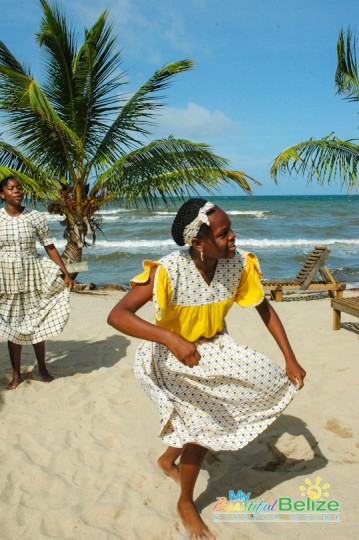
Is it Dangriga?
Once called Stann Creek town, Dangriga is the district capital and a buzzing cultural hub. With a population of about 9,000, Garinagu make up the majority of that number. From the cultural/historical displays of the Garinagu at the Gulisi Garifuna Museum, to the Pen Cayetano Gallery, featuring the artwork of musician and painter of Pen Cayetano, there is much to observe. Dangriga also has the Drums of my Father Monument, the National Garifuna Council headquarters, the Thomas Vincent Ramos Monument, and is home to artists and craftsmen that welcome visits at their studios.
On November 19th, Garifuna Settlement Day, Belizeans celebrate the arrival of the Garifuna to Belize with a national holiday. Festivities include a reenactment of the said arrival via canoes onshore, but even from the night before, the party kicks off with drumming, punta dancing and imbibing throughout the evening.
Dangriga also hosts the Christmas and New Year Cultural Celebrations, with masked, costumed dancers performing the Charikanari and the Wanaragu or Jonkunu (John Canoe) dance through the streets of town.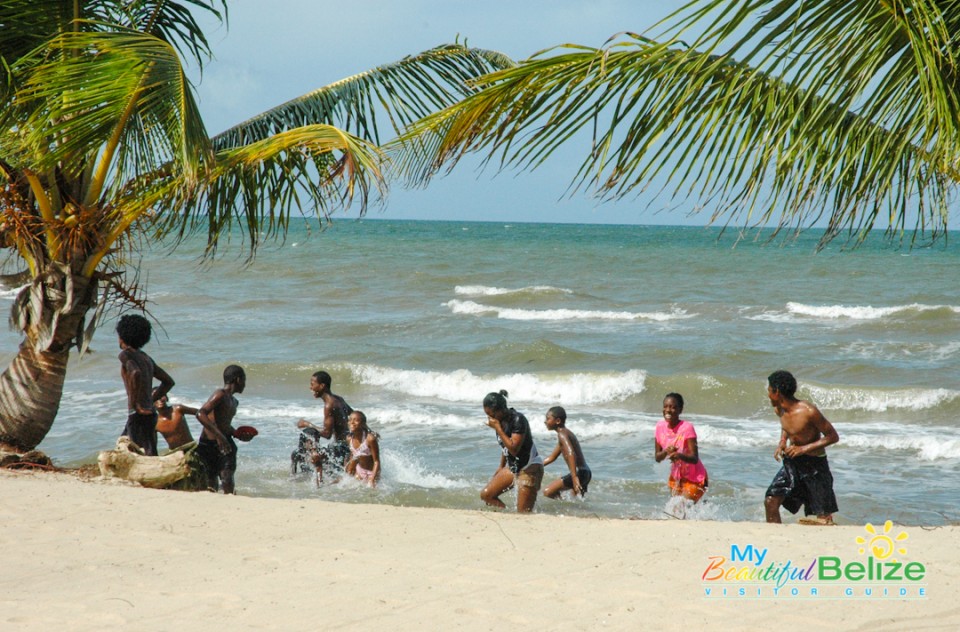
Is it Hopkins?
With a population of just around 1,000, do the numbers detract from Hopkins’ mark on the Garifuna culture? A small, charming village that is fiercely proud of its ancestry, Hopkins is also home to drum schools, welcoming curious onlookers to try their hand at drumming, dancing, and eating delicious Hudut, Serre, Ereba or drinking some Hiu.
Celebrations are also loud and exuberant, hosting Hopkins Day with drum ceremonies lasting all night and into the morning, dancing, story-telling and more. Known as one of the friendliest communities in Belize, Hopkins is a true contender for the title of culture capital.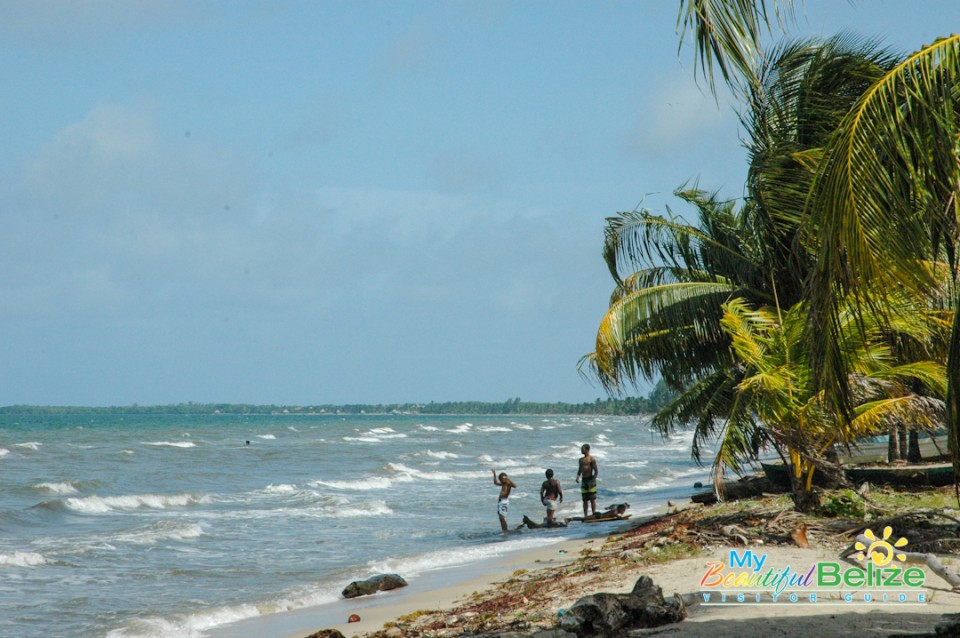
Is it Seine Bight?
Located two-and-a-half miles south of Maya Beach on the Placencia Peninsula, Seine Bight also holds around 1,000 inhabitants, primarily Garinagu. Mostly engaged in fishing, but now turning to tourism, Seine Bight is a key player in the culture of the Garifuna. Traditional drumming, singing and dancing is still practiced, as is their native religion, the Dugu.
A culture can be defined by its food, and if that is the case, we ALL win throughout Stann Creek. Rich homemade breads, traditional foods made with the best in local produce such as yams, cassava, bananas, fish and coconut, all fit deliciously on the itinerary for someone seeking the best in traditional.
Others may argue that Punta Gorda Town or the village of Barranco (which is the oldest Garifuna settlement in Belize) in the Toledo are contenders for “Garinagu” capital, as those communities are also well known for their Garinagu populations and celebrations.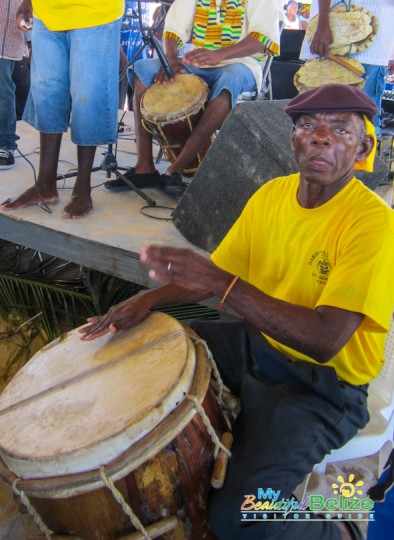
Whichever location you decide is THE capital, the winner is always going to be you. You get to explore, and immerse yourself into a culture that is spiritual and taps into your other – hidden – self…you get to taste the rich food, dance to the beating of the drums while the breeze wafts from the Caribbean Sea where so many of their ancestors sailed to safety. You get to enjoy one of Belize’s most vibrant, beautiful cultures, the Garifuna.


